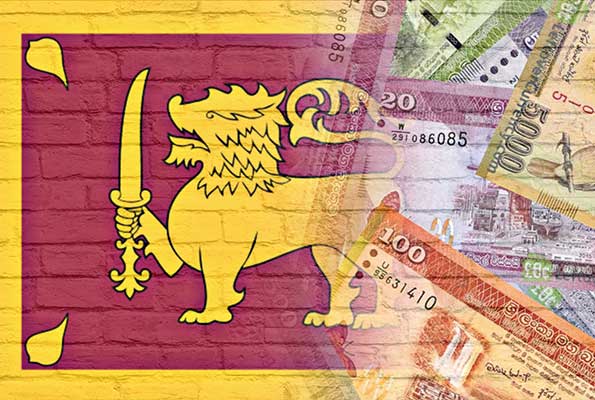According to the media reports, Sri Lanka’s key creditors, including Japan, India, and France, are likely to come to a broad agreement this month on measures to reduce the country’s debt, including delaying payments.
After suspending payments in May 2022, Sri Lanka has had numerous rounds of negotiations with bondholders and bilateral creditors, including Japan, China, and India, to restructure its foreign debt.
Around the time of the IMF and World Bank meetings later in September 2023 in Morocco, a group of Sri Lanka’s main creditors—including the United States, Japan, and India—wanted to sign a memorandum of understanding with the nation.
Although China has resisted participating, it is nonetheless a spectator. Due to Sri Lanka’s diplomatic failure to obtain a specific debt relief plan from China, its largest bilateral lender, a USD 3 billion rescue from the International Monetary Fund is being delayed.
IMF representatives’ recent visit brought to light one more time how slowly the bankrupt South Asian country is reorganizing its external debt. In the first evaluation of the bailout, the fund, which has made “financing assurances” from bilateral lenders a critical pillar, gave Sri Lanka a failing grade, denying it a second tranche of USD 330 million in aid.
Now, the stakes are growing for President Ranil Wickremesinghe’s anticipated mid-October trip to China to attend a meeting commemorating the Belt and Road Initiative’s 10th anniversary, Beijing’s regional infrastructure development initiative. According to government sources, Wickremesinghe will meet with Xi Jinping, the president of China, to discuss debt relief.
The IMF didn’t name names in its review statement. However, several diplomatic sources from both Asian and Western missions in Colombo informed Nikkei Asia that China’s inaction on Sri Lanka’s debt was a problem.
However, the fund did note that approval for additional aid “requires the completion of financing reviews,” after carefully examining the nation’s performance since the initial injection of USD 330 million was granted in late March.
According to the IMF team, led by Peter Breuer, senior mission chief for Sri Lanka, “these financing assurance reviews will focus on whether sufficient progress has been made with debt restructuring to give confidence that it will be concluded promptly and in line with the program’s debt target.”
An Asian official said that China was the final bilateral creditor to join lenders like Japan and India in early 2024 in providing the first financial assurances that satisfied the IMF’s requirements to authorize the March bailout.
Beijing talked about offering new loans to pay down existing debt and offered a two-year deferment for the Sri Lankan debt, the source added under the condition of anonymity.
Without confirming the claim, a senior Japanese finance ministry official told Reuters, “We are aiming to reach an agreement among creditor nations with or without China.”
“We will make every effort, but we are unsure if a settlement will be struck this month at this time. I believe we can arrive this month in time for the IMF’s annual meetings,” the person remarked further.
Sri Lanka, whose bilateral external debt totalled $11.3 billion as of the end of March 2023, has defaulted on its debt as terrorism and the coronavirus epidemic have hurt the island nation’s primary business of tourism.
Around 42% of Sri Lanka’s total external debt is owed to China, its largest creditor, followed by Japan (24%), India (15%), France (4%), and France (14%) in that order.
Meanwhile, Sri Lanka has now cut interest rates by 100 basis points as the second instalment of an IMF bailout was held up after the government missed several loan conditions.
The Central Bank of Sri Lanka (CBSL) reduced the benchmark lending rate to 11% as year-on-year inflation fell sharply in September 2023 to 1.3%, compared to a peak of nearly 70% a year earlier.
The latest policy rate reduction came as the country’s government failed to secure the second tranche of USD 330 million out of the USD 2.9 billion four-year bailout agreed with the International Monetary Fund in March 2023.
Colombo had hoped to get the second instalment in September 2023 after the first review of the IMF program.
However, the international lender noted that Sri Lanka had, among other things, fallen short of the agreed revenue targets and needed to increase tax collection.
Sri Lanka was also yet to finalise a restructuring plan with its private and bilateral lenders after defaulting on its USD 46 billion external debt in 2022 April.



